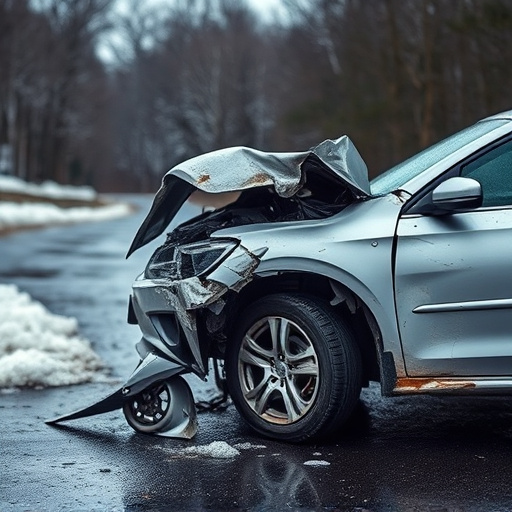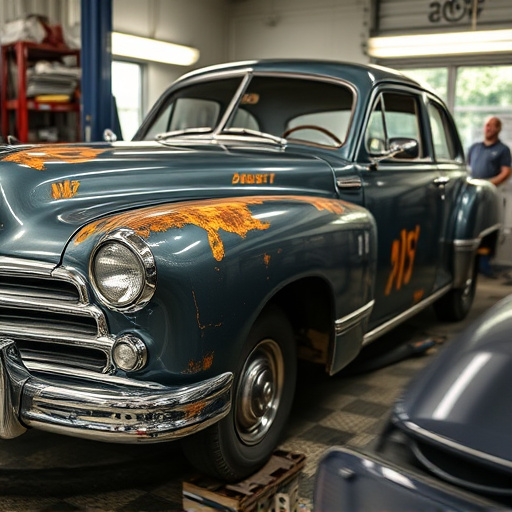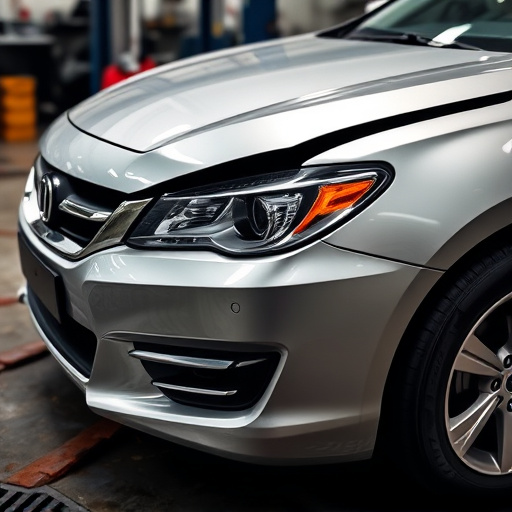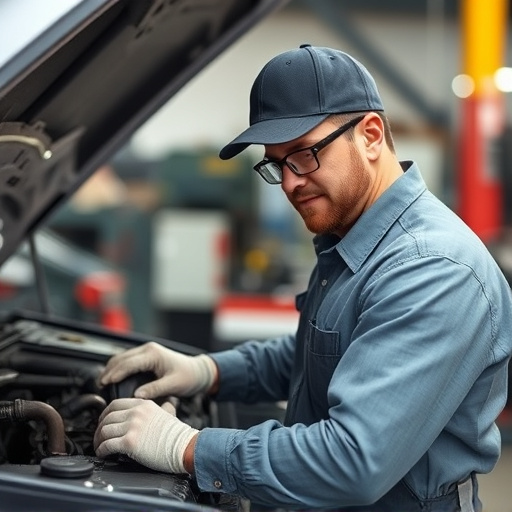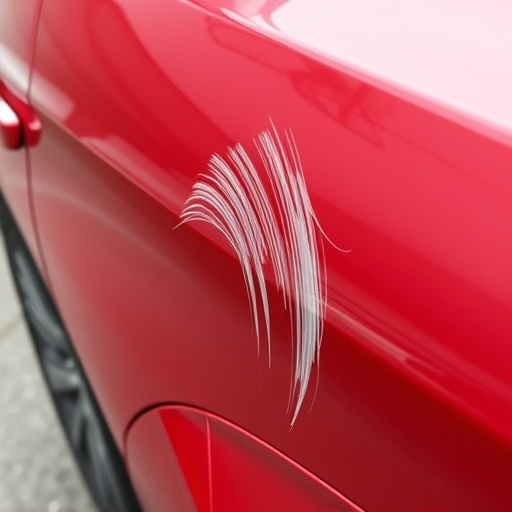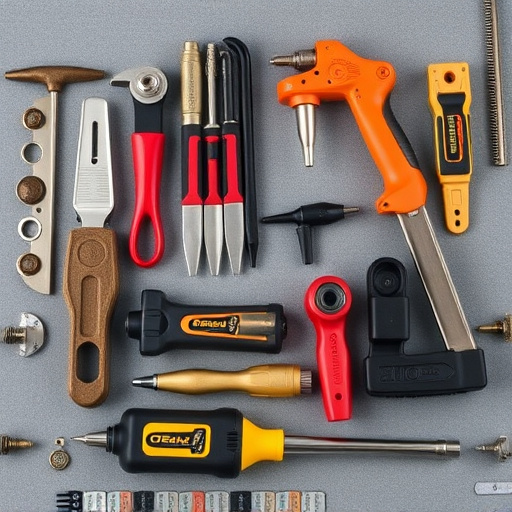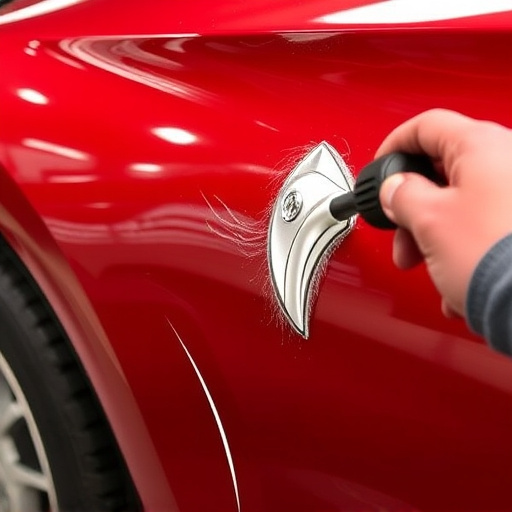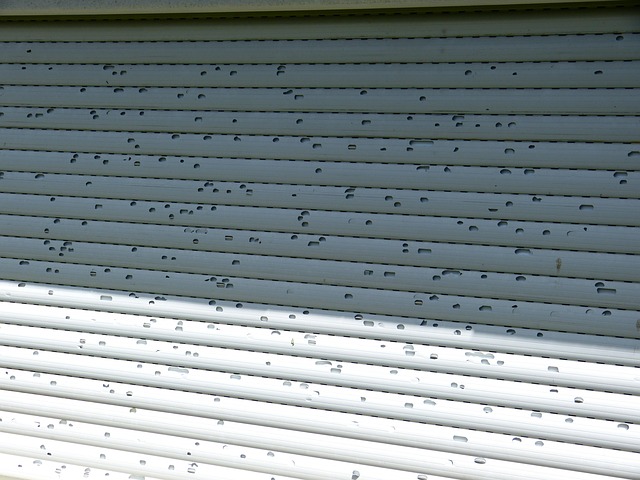The repair approval process for new and used cars is vital for maintaining safety and quality. For new vehicles, manufacturers guide repairs with specific parts and techniques to preserve original value and appearance. Used cars require independent assessments to ensure accurate replacements and maintain post-collision integrity. This multi-step process involves certified technicians, thorough inspections, and adherence to manufacturer standards, ensuring safe driving, retention of initial value, and flawless execution of frame repairs and quality checks.
The repair approval process is a critical aspect of vehicle ownership, ensuring safety and quality repairs. While new cars have structured procedures involving manufacturers and dealers, used cars present unique challenges. This article delves into these contrasting landscapes, exploring the nuances of repair approval for both new and used vehicles. From definition and steps involved to emerging technologies, we uncover key differences, trends, and best practices, empowering consumers and mechanics alike to navigate this essential process efficiently.
- Understanding the Repair Approval Process for New Cars
- – Definition and significance of repair approval
- – Steps involved in the approval process for new vehicles
Understanding the Repair Approval Process for New Cars
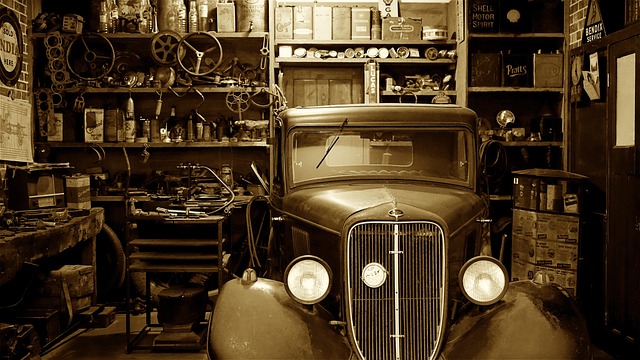
The repair approval process for new cars is a meticulous procedure designed to ensure that any repairs or modifications made maintain the vehicle’s original quality and safety standards. This process typically begins with an assessment by a certified technician who inspects the damage, creates a detailed estimate outlining the work required, and communicates it to the owner. The estimate includes both labor and material costs, ensuring transparency.
Once approved, the repair work can commence in a specialized vehicle body shop. Auto frame repair is a critical aspect for maintaining the structural integrity of new cars, as even minor accidents can affect their safety ratings. After completion, the vehicle undergoes rigorous quality checks, including road tests, to confirm that all repairs have been executed flawlessly and that the auto detailing meets manufacturer standards. This meticulous approach guarantees that the repaired vehicle not only drives safely but also retains its original value and appearance.
– Definition and significance of repair approval
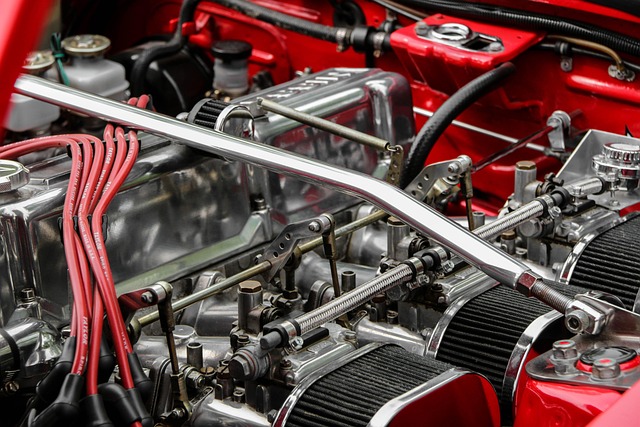
The repair approval process plays a pivotal role in ensuring that vehicles, whether new or used, undergo safe and effective repairs after an accident or damage. It’s a meticulous evaluation that verifies the quality and safety standards of recommended body shop services, such as collision repair services or car bodywork services. This process is crucial for protecting both vehicle owners and mechanics by guaranteeing that parts are replaced accurately and according to manufacturer specifications.
A significant difference in this approval process exists between new and used cars. For new vehicles, the approval often involves direct communication with the manufacturer’s representatives, who provide detailed guidelines on genuine replacement parts and repair techniques. In contrast, used cars might require a more independent assessment due to their age and potential for unique maintenance requirements. This distinction is essential in ensuring that repairs maintain the vehicle’s original integrity and value, especially when aiming for like-new condition through collision repair services or car bodywork services.
– Steps involved in the approval process for new vehicles
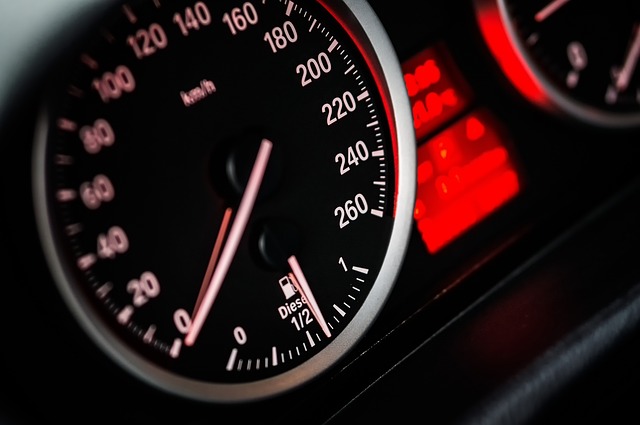
The approval process for new vehicles involves several meticulous steps designed to ensure quality and safety standards are met. It begins with a thorough inspection of the vehicle by authorized personnel, who assess its condition and identify any potential issues or defects. This initial evaluation is crucial in setting the benchmark for what constitutes a acceptable repair or replacement part.
Following this, specific procedures tailored to different car makes and models are enacted. These protocols may include detailed specifications for auto maintenance, such as engine oil change intervals, tire pressure recommendations, and routine checks on critical components like brakes, lighting systems, and safety features. For any required repairs, including specialized services like car paint repair or auto glass replacement, the process demands comprehensive documentation and adherence to manufacturer guidelines.
The repair approval process plays a vital role in ensuring vehicle safety, especially with new cars. For used vehicles, however, the approval criteria differ, often reflecting a more relaxed standard due to the age and previous history of the car. While this may seem like a compromise, it’s a necessary step to balance consumer protection with cost-effectiveness for owners of pre-owned vehicles. Understanding these disparities is key to navigating the automotive service industry knowledgeably.
